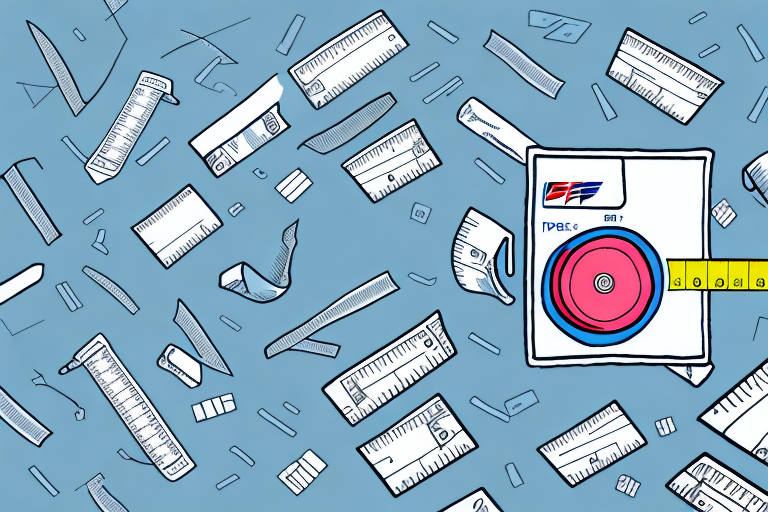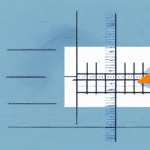Understanding UPS Additional Handling Fees
UPS imposes additional handling fees for packages that exceed their maximum size and weight limits. These fees are designed to cover the extra resources and labor required to handle oversized or heavyweight shipments. Understanding these fees is crucial for accurately calculating your shipping costs and avoiding unexpected charges.
When Are Additional Handling Fees Applied?
UPS applies additional handling fees to packages that exceed the standard size or weight limits. As of 2023, the maximum permissible dimensions for UPS Ground services are:
- Length plus girth: 165 inches
- Length alone: 108 inches
- Maximum weight: 150 pounds
If your package exceeds these dimensions or weight, UPS will automatically apply additional handling fees. These fees can vary based on the package's characteristics and the destination.
Types of Oversized Packages Subject to Additional Fees
Additional handling fees may also apply to packages that are:
- Unusually shaped: Packages with irregular shapes or dimensions.
- Fragile or hazardous: Items requiring special handling to ensure safety.
- Bulky: Large or voluminous items that take up significant space in shipping vehicles.
Properly labeling and packaging these items is essential to avoid unnecessary fees and ensure smooth transit.
Preparing Your Package for Shipping
Preparing your package correctly can help minimize additional handling fees and ensure safe delivery. Here are key steps to prepare your oversized package:
Measuring Your Package Correctly
Accurate measurement of your package is vital to determine if additional handling fees apply. To measure your package:
- Measure the length of the package.
- Measure the girth, which is the distance around the package perpendicular to the length (girth = 2 x (width + height)).
- Add length and girth to get the total measurement.
For example, a package measuring 50 inches in length, 30 inches in width, and 20 inches in height has a length plus girth of 120 inches (50 + 2*(30+20)). Since this exceeds the 108-inch length limit for UPS Ground, additional fees will apply.
Using a reliable measuring tape and double-checking your measurements can prevent errors that lead to unexpected costs.
Choosing the Right Packaging Materials
The right packaging materials protect your oversized items during transit and can reduce the likelihood of damage and additional handling. Consider the following when selecting materials:
- Heavy-duty boxes: Double-walled corrugated boxes provide extra strength for large items.
- Cushioning materials: Use bubble wrap, foam peanuts, or packing paper to secure items inside the box.
- Sturdy tape: Use high-quality packing tape to seal boxes securely.
- Edge protectors: Protect the corners and edges of items prone to damage.
Tips for Reducing the Size of Your Package
Reducing the size of your package can help avoid additional handling fees. Here are some strategies:
- Select smaller packaging: Use the smallest possible box that fits your items securely.
- Remove excess materials: Eliminate unnecessary packing materials to decrease overall size.
- Disassemble large items: If possible, break down items into smaller components.
- Use compression: For soft items like clothing or bedding, use vacuum-sealed bags to reduce volume.
Calculating and Managing Shipping Costs
Accurately calculating shipping costs for oversized packages helps you budget effectively and avoid surprises. Additionally, managing these costs involves understanding potential pitfalls and how to steer clear of them.
How to Calculate Shipping Costs with Additional Fees
To calculate shipping costs for large packages with UPS:
- Determine package dimensions and weight: Measure length, width, height, and weigh your package.
- Check against UPS size limits: Compare your measurements against UPS’s maximum limits.
- Identify applicable fees: Refer to UPS’s fee schedule to determine additional handling fees.
- Use UPS’s shipping calculator: Input your package details on the UPS Shipping Calculator to estimate total costs.
Additionally, consider factors like shipping speed and destination, as these can influence costs.
Avoiding Common Shipping Mistakes
To ensure smooth shipping, avoid these common mistakes:
- Incorrect measurements: Double-check all measurements to ensure accuracy.
- Poor packaging: Use appropriate materials to protect your items.
- Inadequate labeling: Clearly label packages, especially if they contain fragile or hazardous materials.
- Ignoring UPS guidelines: Familiarize yourself with UPS’s packaging and shipping requirements.
By avoiding these errors, you can reduce the risk of additional fees and ensure timely delivery.
Exploring Alternative Shipping Options
While UPS is a reliable shipping option, alternative carriers may offer different benefits for oversized packages. Exploring these options can help you find the most cost-effective and efficient solution for your shipping needs.
- FedEx: Offers different size and weight limits, which may better suit certain shipments.
- DHL: Specializes in international shipping, with varying size restrictions.
- Freight Shipping: For very large or heavy items, freight carriers like FedEx Freight or DHL Freight offer tailored solutions.
Comparing services based on your specific needs—such as cost, delivery time, and handling capabilities—can lead to significant savings and improved shipping experiences.
Tracking and Handling Claims for Oversized Packages
Once your oversized package is shipped, tracking its progress and managing any issues is crucial for peace of mind and timely resolution of problems.
How to Track Your Oversized Package with UPS
UPS provides robust tracking tools to monitor your package's journey. To track your package:
- Locate your UPS tracking number, typically found on your shipping receipt or invoice.
- Visit the UPS Tracking page.
- Enter your tracking number and click "Track." You'll receive real-time updates on your package's status and estimated delivery time.
Consider signing up for UPS My Choice for additional features, such as delivery alerts and the ability to reschedule deliveries.
What Happens If Your Package Gets Lost or Damaged During Transit?
If your oversized package is lost or arrives damaged, UPS offers a claims process to seek compensation:
- Document the Damage: Take photos and keep all packaging materials as evidence.
- File a Claim: Visit the UPS Claims Center to submit your claim online.
- Provide Necessary Information: Include your tracking number, proof of value, and any relevant documentation.
- Follow Up: Monitor the status of your claim through your UPS account or by contacting customer service.
Ensure you file claims promptly, as UPS has specific timeframes for reporting damaged or lost packages.
Conclusion
Handling packages over 165 inches (length plus girth) with UPS requires careful planning and understanding of additional handling fees. By accurately measuring and packaging your items, calculating shipping costs, exploring alternative shipping options, and effectively tracking your shipments, you can minimize costs and ensure your oversized packages arrive safely and on time. Always refer to UPS’s official guidelines for the most current information on size limits and fees.




















